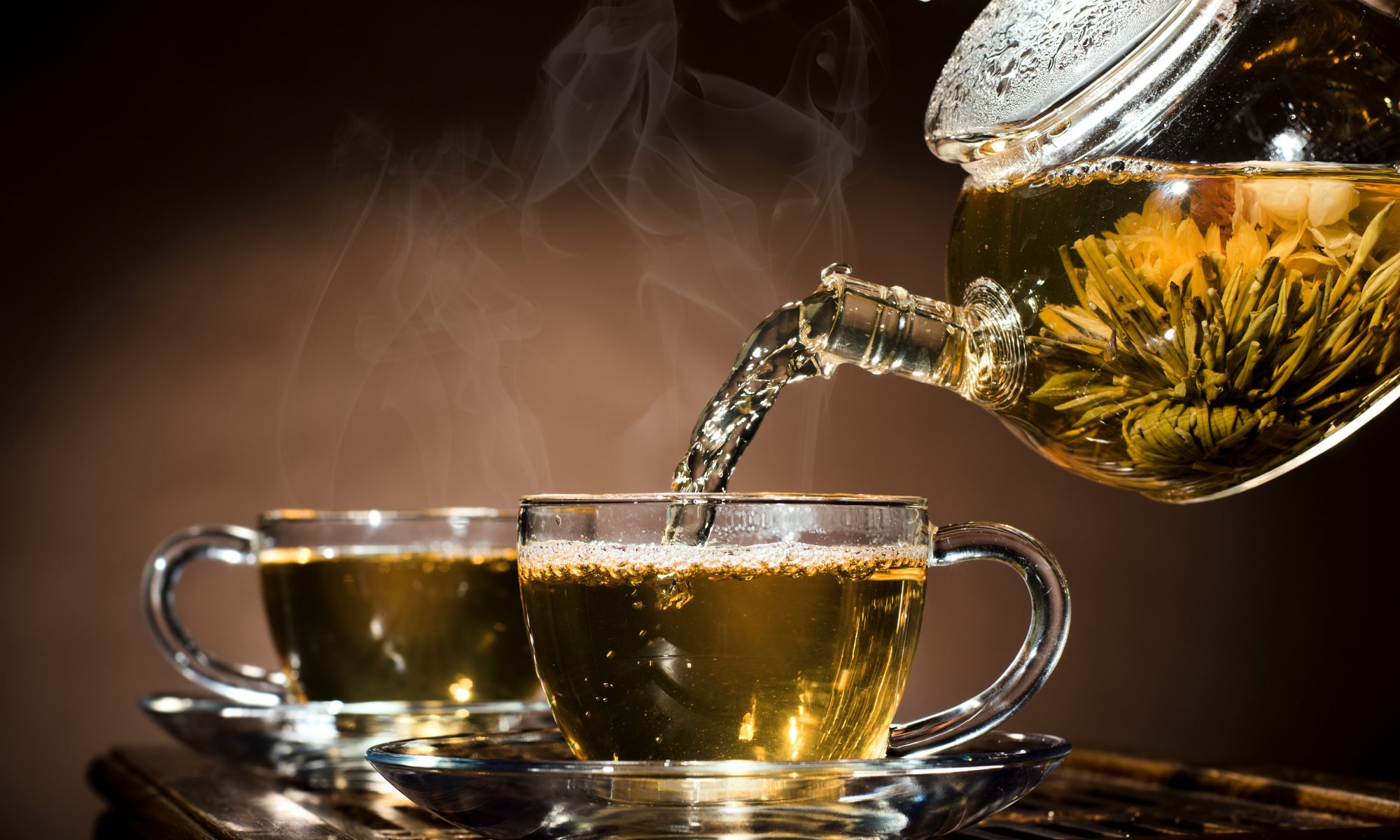HIBISCUS LEAVES: INTRO
Skip Ahead To:
You know that various herbs and other plants have been with mankind since the beginning of time! One of these, namely hibiscus leaves, is a great example of how important they can be to society as a whole!
Hibiscus leaves are well-known around the world today. It’s called by different names by different regions (Jamaica Flower, and so on). Call it what you want. The point remains – Hibiscus Leaves are loved and cherished by most people! Let’s learn more about this awesome gift from nature and find out what benefits it might afford to us!!
Hibiscus Leaves: Overview

Please note: This post contains affiliate links. An affiliate link means that we may earn advertising/referral fees if you make a purchase through our links.
In this article, I’m going to tell you everything that you need to know about hibiscus leaves. First, we’re going to touch on the basics. You’ll learn some interesting facts about this herb and why you should consider using it as part of your own herbal tea rotation.
Then, I’m going to make your taste buds water a bit!! We’re going to learn a simple recipe on how to make the hibiscus tea with these leaves. Pretty cool right? Don’t worry, we keep it really simple and easy to follow!

Then, we’ll give you some pointers on the things to note when buying hibiscus leaves by yourself. I’ve found this to be very helpful. You’ll know how to separate the “best” from the rest in no time – you’ll be a knowledgeable consumer and will therefore be able to select the prime hibiscus leaves from which to work – resulting in a better result time and time again!
Finally, I’ll show you my all-time favorites in terms of hibiscus leaves. I link to their product pages where you can learn more, if you want, or even make a purchase. By no means are these the ONLY great Hibiscus Leaves offerings on the market (you can even buy Hibiscus Extract), but they are certainly in the top tier and I feel comfortable recommending them to you!

To make things easier, we’ll also look at my experience with these two products and why I think they are the best. There is a short “pro” and “con” list to help you quickly glean my opinions. I like learning from the experiences of others, perhaps you do to!
I’m excited about how this article will go. Are you? If you are, let’s dive in!!!
Hibiscus Leaves – Learning the Basics

Please Note: As an Amazon Associate, I earn from qualifying purchases.
Shortcut to the Best Hibiscus Leaves Review
You already know that the hibiscus leaves are very popular and known by several names. For example, Hibiscus Leaves are commonly referred to as “Gumamela” in India and “Zobo” in most parts of West Africa.
Hibiscus leaves have a number of interesting alleged health and/or general well being benefits that you need to know about! For instance, did you know that hibiscus leaf is known for its anti-oxidants? They are the perfect army to deal with any free radical cells otherwise present in your body (a contributor to some cancers).

That’s not all! Hibiscus leaves, when rubbed on the skin, can actually be a good and natural face cleanser! It takes care of spots on your face with ease! No more harsh chemicals or irritating soaps – why not give Mother Nature a chance at getting your face “so fresh and so clean”! Likewise, Hibiscus Leaves may help with common acne?
Hibiscus leaves are also thought to contain have some anti-inflammatory properties, which may help reduce the effects of skin aging. The hibiscus is really the complete package if you ask me, especially in terms of allowing you to rely less on artificial products and more on natural aides!

Many also cite to consumption of Hibiscus Leaves and the impact upon one’s mood and weight! While we are certainly “happier” when drinking teas and other beverages derived from the hibiscus leaf, I don’t know that many of us have seen a DIRECT impact on our weight. Probably any weight loss is due to the fact that we are reaching for hibiscus tea rather than artificial and sweetened sodas (gross)!!
While there are so many good things I can say about the hibiscus leaf, I feel it proper to also talk about its side effects! After all – this is a full disclosure herbal tea blog, and if you learn the benefits, you need to learn the risks!!

Taking too much of the hibiscus leaf can be bad for you. In fact, it can cause all sorts of problems for your body. If you have some form of allergies, I think it’s wise to always check if the hibiscus leaves will affect you adversely. We suggest speaking to your doctor or medical care provider BEFORE consuming hibiscus leaves – just to be on the safe side! Everyone is different from the next, and confirming your body’s ability to ingest this kind of leaf if wise!
As you have no doubt guessed by now, hibiscus leaves are primarily used to make hibiscus tea! Are you planning to make the hibiscus tea using these leaves? If you are, then the recipe that we provide below will prove to be very useful. Oh, and don’t worry, it is very easy to follow! HTH does not post difficult or confusing recipes – who has time for that?!
Let’s take a look!!!
Hibiscus Leaves – A Simple Recipe

In this section, we are going to learn a simple recipe for making hibiscus tea from hibiscus leaves.
Here’s a fun fact – The total time of preparing the hibiscus tea can take 10-30 minutes. The particular time depends on your preferences and choices. In any event, such a limited period of time resulting in such a DELICIOUS end result is certainly worth it!
To help us understand this recipe better, I’ve broken it down into two main parts. The first part will list out the ingredients that you are going to need. The second section will outline the basic instructions you have to follow. Easy enough, right?
Ready to begin? Let’s do it baby!!!
Easy List of Ingredients
- Hibiscus Flowers or Leaves (2 cups or half cup if the leaves are dried) (the more hibiscus you use, the more taste you get).
- Water (6-8 cups)
- Sweeteners (optional) (we like to use honey)
- Lime Juice (optional) (and you can swap with lemon or pulp-free orange juice as well)
Easy to Follow Instructions
Step One. The first thing to do is to prepare your hibiscus leaves. This involves cutting them to the right size. You should also try to remove the unwanted parts such as the calyx.
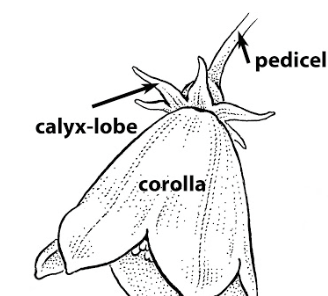
While this is often necessary, there are two things you should consider. First, the removal of the calyx is not necessary if you are using dried leaves. Also, you need to cut the leaves to release the aroma hidden within. It’s really important. You can also “going” the leaves by using a mortar and pestle – this is the route we most often take, as it seems to produce the most oils and least amount of waste.
Step Two. Place the water on the stove to boil. Be very careful when working with boiling water and be sure to wear protective gear so you don’t burn yourself. Once it comes to a boil, reduce the heat level, and allow it to simmer. Then, add the hibiscus leaves to the water.
Step Three. Turn off the heat and allow your tea to steep. Steeping time can take between 3-5 minutes. Try to cover the pot while steeping. This keeps the nutrients in and helps maintain the strength of the tea. The longer you steep, the more hibiscus flavor you will ultimately taste.

Now, you don’t need to steep for TOO long, as only so much flavor can be extracted during the steeping process. Like everything in life, moderation (and timing) is the key!
Step Four. Strain the liquid from the leaves. Once you have done this, dispose of the leaves in a tidy fashion.
Many HTH readers report that they use their discarded hibiscus leaves in their garden compost! What an Earth friendly solution! Your garden (and Mother Nature) thanks you for your thoughtfulness!
Step Five. It’s time to add your sweeteners. Sugar and honey are options if you have a sweet tooth. Please do not “ruin” your hibiscus tea by using artificial sugars! Hibiscus tea has a very “natural” and “pure” taste, better to let that survive by only introducing organic or natural sweeteners (if any at all).

Your tea is ready and smelling delicious at this point! The hibiscus tea can be served either warm or cold. To fasten the process if you want it served cold, you can place it in the refrigerator (but never place it in the freezer).
That’s your classic recipe for the hibiscus tea using hibiscus leaves. See, very easy to follow, right? Be sure to let us know how it turned out for you and don’t be scared to take a few liberties here and there as you create a hibiscus tea that’s pleasing to your tastebuds!
Side Note: If you liked this recipe, check out our post on the Best Spearmint Tea! If you like working from “raw” ingredients, try brewing dandelion tea from scratch, just make sure you work with the best dandelion roots!
Now, let’s take a look at some important things to note when getting hibiscus leaves.
Hibiscus Leaves – Important Features

So, I’ve put together 3 magic features that can guide you on your buying quest. Let’s take a quick look at them. Once you have mastered these important features, you will be capable of separating the “best” from the rest – and your purchase decisions will result in acquiring much better product!
USDA Organic Certified
I really cannot stress this enough. The hibiscus leaves must be certified by USDA organic. Any certification given proves that the product was produced in farms that follow sustainable farming practices.
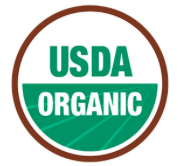
It also means that the product is safe to use. There are a TON of hibiscus leaf offerings that LACK proper accreditations. Stay away from these!
Free from Additives
You also have to make sure the product is free from additives. Gluten, caffeine, and similar additives are bad when added to the leaves.
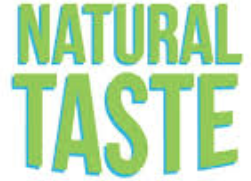
Look out for products that have these ingredients and try to avoid them. Hibiscus tea is best consumer just as Mother Nature intended – additive free!
Price
Finally, you have to keep an eye on the price before you buy it. Superior products might have a higher price, however, you don’t need to break the bank to get a top tier offering. Try to strike a balance between cost and value!

After all, you probably have a well-defined budget. Remember, you don’t have to buy the most expensive hibiscus leaves to ensure you are getting the BEST. In fact, sometimes a slightly less expensive brand may contain more desirable features (or have better longevity or freshness) than the highest priced item.
Following these points might result in a better purchase 90% of the time. To help you figure out the remaining 10%, I’m going to show you two products I think are perfect for you. Again, there are MANY other GREAT hibiscus leaves out there, but these two tick all the right boxes and allow you to “skip” the research if you’d like to jump straight to the tea brewing and drinking phase of the game!
Hibiscus Leaves – Buy the Best

So here are two types of hibiscus leaves that I have found that I enjoy the most. I think you’ll enjoy them too (and be sure to post below on the Comments and let us know what you think).
Derived from the Hibiscus “sabdariffa” specie, this product is pretty nice to have as a staple in your herbal tea rotation. It’s stored in a bag weighing about one pound – a quantity sufficient for a pretty aggressive rate of consumption. That’s not all!
The flowers come cut and sifted. This saves you the trouble of having to do the cutting yourself. Any time “saved” in terms of getting you closer to the end result of actually consuming the herbal tea is a “win” in my book!

Another impressive feature of this product is its adherence to sustainable farming practices. Like mentioned above, this is the exception and not the rule. Many, many hibiscus leaves LACK proper certification or accreditation – stick with the brands that have rooted themselves in in sustainability and check the packaging to make sure!
It is certified by USDA organic. This gives a bit of assurance when making a purchase. The hibiscus leaves are also very affordable. This makes this product top-notch. Remember, even a USDA certified offering isn’t going to require that you take out a loan to afford it!
My Experience

Well, there are many things I like about this particular one, so where do I begin? The bag comes with a zip lock. This allowed me to preserve the freshness of the product. It amazes me that this is the exception, not the rule, as most producers just hang you out to dry by not including a resealable bag!
This product when used to make the hibiscus tea kept me going on hectic days. I described it above, but the tea has a very “natural” and “pure” taste to it. That is why I don’t like adding anything artificial. I often times drink it over lunch or in the early afternoon – the aroma (and the taste) are a nice mid-day boost, and I frequently rotate it with my recipe for the Best Peppermint Tea!

Another thing you are likely to find nice about this product is its versatility. You can use it with home-made soaps and so much more. This is nice if you are about to bump up against your expiration date, you can use the leaves for something other than herbal tea, that way nothing goes to waste!
So here are some of the “pros” and “cons” I noticed when working with these particular hibiscus leaves:
Pros
- USDA organic certified (important)
- Affordable Price
- Versatility (use in thing other than herbal tea)
- Great storage method (resealable bag – prevents spoilage)
Cons
- It’s only available in the United States (but we suspect you’ll see it worldwide soon due to its popularity)
Since 1976, the manufacturer behind these hibiscus leaves has been producing some really good herbal products for longer than I have been alive! The above, as you might suspect, is no exception.
The product is cut and sifted from organic farms in Egypt and Burkina Faso. It also comes with no additives making it one of the best products around. Remember – additive free is the way to be!

More impressive features about this product are that it comes kosher and USDA organic certified. This is great for those of us who have dietary restrictions and need to remain mindful and vigilant about what we put in our bodies!
Remarkably, this product remains very affordable. It’s incredible. You don’t have to break the bank to treat your palate to a pleasurable treat!!
My Experience
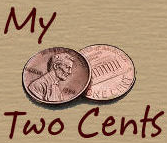
If you like cranberry flavor, then you will love this product. I use these leaves to brew my hibiscus tea and I can tell you it was the best decision I have made in terms of versatility in the tea itself.
Its taste is also perfect for those who love coffee. It’s like a gift considering the leaves are free from caffeine. I found my mood getting better and my overall energy levels increased. I really liked this product – it is great for an afternoon pick-me-up, and even better to serve with friends who are relatively new to herbal tea versatility!
Here are some of the pros and cons of these particular leaves:
Pros
- Kosher certified
- USDA organic certified
- Good storage system (preserves freshness)
- Affordability
- Free from caffeine and gluten (perfect for sensitive diets)
- Cranberry taste (a nice “twist”)
Cons
- It might be bad for people who have certain allergies.
Final Thoughts

Well, that was your guide on hibiscus leaves! Do you feel more educated? We have certainly included everything you could possibly want to know about hibiscus leaves, down to providing an easy to follow recipe and a few suggestions for high quality offerings on the market!
We hope this guide helps you make the right purchase decision. We’re confident that you’ll get the right hibiscus leaves and remind you that we are always here to help if you have any questions!!
Comments

Did you know that Hibiscus Leaves were so versatile? I’ll be honest, I did not before setting out to research and compile this article! Maybe you have used Hibiscus Leaves when making herbal tea before? Did you use one of our recipes? What did you think?
Perhaps you tried your own concoction? Did it turn out OK? Share your thoughts and opinions by posting on the Comments board below. We read and reply to every comment and love interacting with the herbal tea community!
